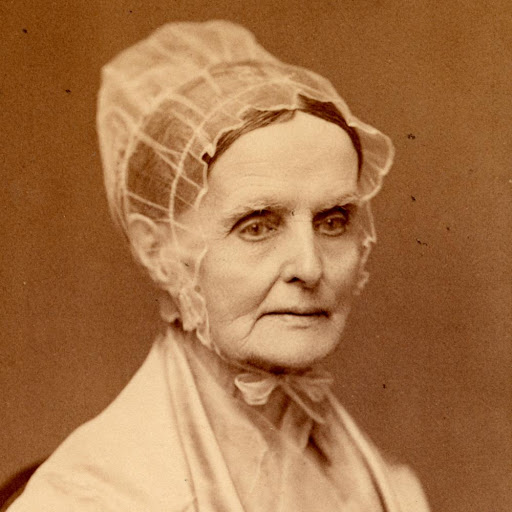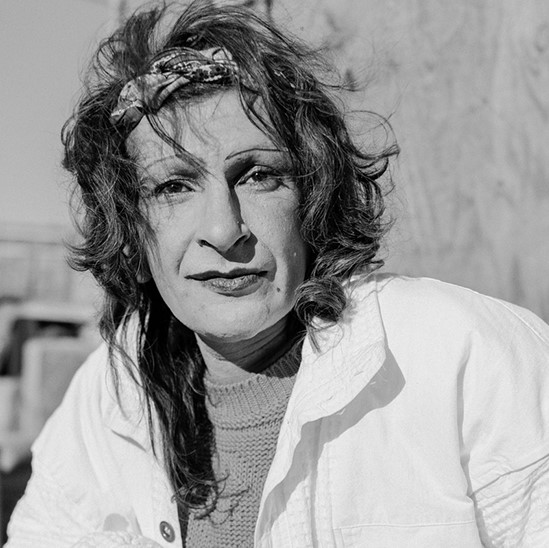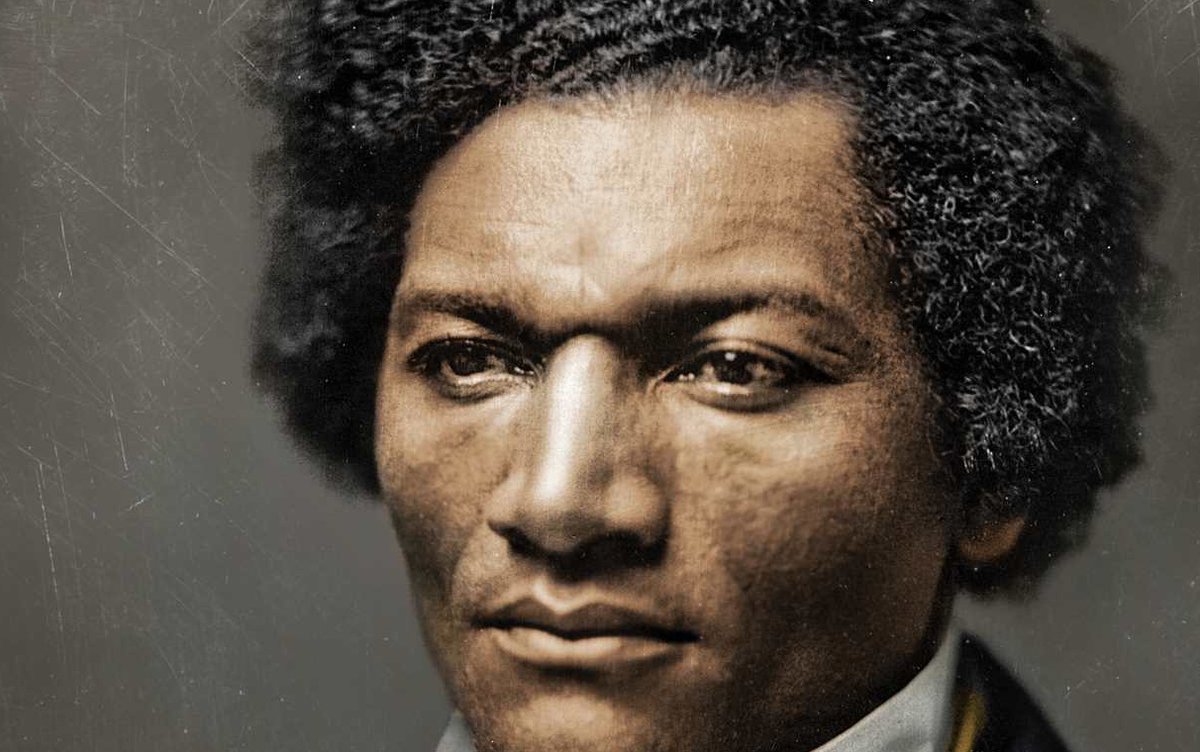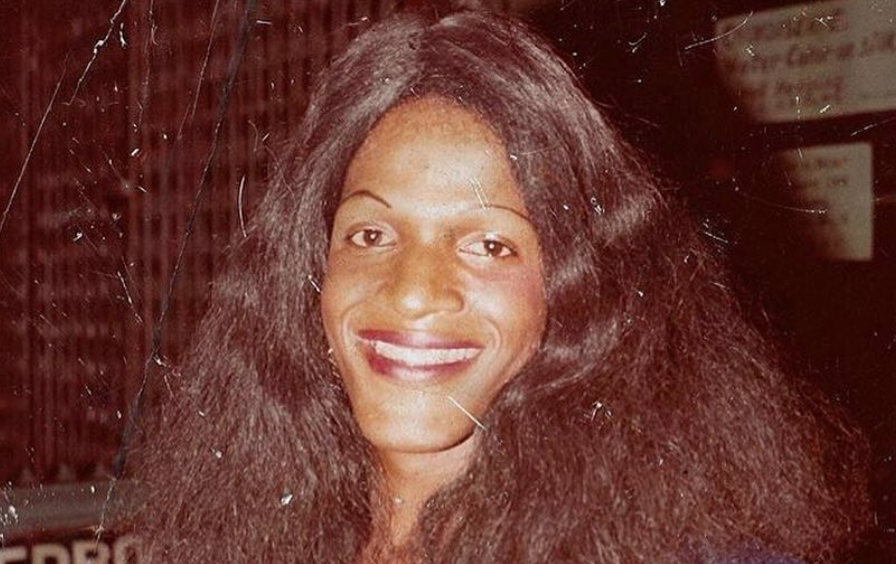
I can’t stop thinking about this girl. Her gorgeous smile, her presence in front of the camera. The photo was taken sometime in the 1860s. @amhistorymuseum shared it on Instagram a few days ago, and I keep coming back to it.
Long thread.
Long thread.
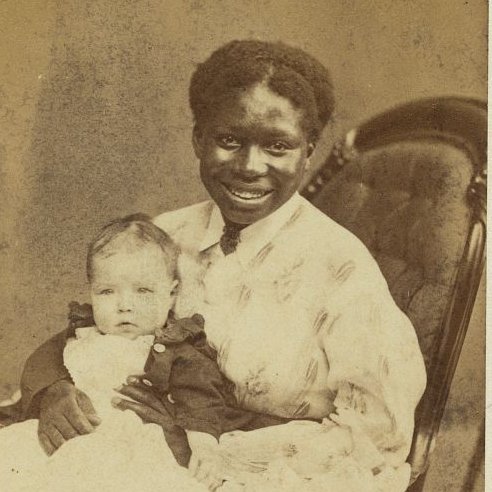
We don’t know her name, because she was invisible to the people who paid for the sitting on Chestnut Street in Philadelphia, and distributed copies of the portrait to friends and family. We know the baby’s name, and her age - to the day.
Looking at her, wondering how her life
Looking at her, wondering how her life
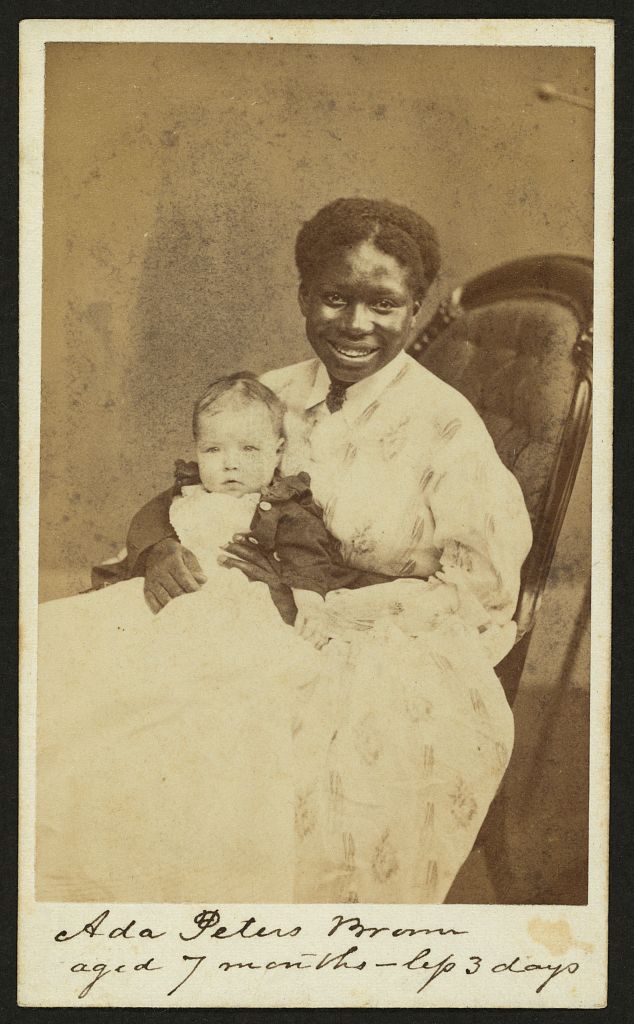
turned out, made me think of a different young woman who found herself in Philadelphia about 50 years before. Maybe she too walked down Chestnut Street with a child in her care.
It was 1814, and Charity Castle was doing everything she could to stay in Pennsylvania.
It was 1814, and Charity Castle was doing everything she could to stay in Pennsylvania.
She was enslaved in Maryland in the home of Charles Caroll Jr. and his wife, Harriet. Charles was a violent alcoholic, and Harriet finally had enough. She took the kids and left him, back to her family estates in Philadelphia. She brought along Charity & 7 other enslaved people.
Pennsylvania had abolished slavery gradually, beginning during the Revolutionary War. Freedom was not automatic upon arrival in the state. After six months, though, an enslaved person was free under state law. Charity knew this - maybe every enslaved person in Maryland did.
Every enslaver certainly knew it. Five months after arriving in Philadelphia, Harriet Chew Carroll makes plans to send Charity back to Maryland before the deadline. But Charity refuses - vehemently. She says she would rather be sold than go back to the Carroll estate in Maryland.
Pressed to explain, Charity tells Harriet - seemingly in pretty blunt terms - that Charles Carroll Jr. raped her. Harriet’s brother Benjamin Chew sees how distraught Harriet is...on her own behalf. So he jumps in to try and get Charity out of Philadelphia and back to Maryland.
The night before she is to be sent back, Charity is seriously injured. She falls (or jumps) from a wood pile. She’s found bleeding profusely, and probably has a punctured lung. Much correspondence ensues about whether she can be returned to Maryland before six months have passed.
Marvelously, she recovers. By that time, she’s spent more than six months in Pennsylvania - and connected with attorney William Lewis. He’s a leader of the Pa. Abolitionist Society - and a drafter of the state’s abolition law. He provides a written opinion that she is now free.
Harriet’s brother & father-in-law argue that because Charity remained in the state only because of the accident, it shouldn’t count. Attorney Lewis responds curtly: “accident made her a slave, accident has made her free, and it seems right that she should avail herself of it.” 
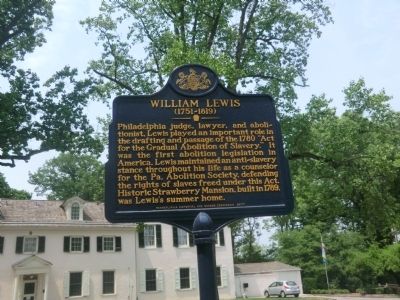
BTW, Harriet’s father-in-law Charles Carroll was a former Senator, and a signer of the Declaration of Independence. 

For months, the men in the family keep insisting that Charity is their property. Charles Jr, the rapist, sends his father a ranty letter in which he says that while he could sue, “A Law Suit would probably be attended with many circumstances afflicting to my Wife and Children.”
There’s no satisfying conclusion. We don’t know for sure whether Charity is ever free. We know that she had a husband who was in contact with attorney William Lewis. For now, the trail ends there. Like the unnamed girl in the photograph, we can only wonder and hope for her.
We do know one ending, though: we know the choice Harriet Chew Carroll makes.
When Harriet is asked what SHE thinks, she literally refuses to answer. She begs her brother to respond for her. He does, in her voice, to say that the whole matter is entirely up to her husband.
When Harriet is asked what SHE thinks, she literally refuses to answer. She begs her brother to respond for her. He does, in her voice, to say that the whole matter is entirely up to her husband.
Harriet, who was strong enough to leave her abuser, refuses to help another woman he has attacked. Refuses, to the very end, to utter one word on her behalf.
(There are portraits of everyone in this story except Charity, so I'm not including any of them.)
(There are portraits of everyone in this story except Charity, so I'm not including any of them.)
I first heard Charity’s story on the podcast Amended, where @marthasjones_ tells it to illustrate the deep roots of white women’s disloyalty and failed sisterhood. It’s a must-hear: humanitiesny.org/amended-episod…
Laura. Her name is Laura Tucker.
Thanks to @JasonPetrulis for finding her, and building this fascinating thread👉
Thanks to @JasonPetrulis for finding her, and building this fascinating thread👉
https://twitter.com/JasonPetrulis/status/1317036846220668928?s=20
• • •
Missing some Tweet in this thread? You can try to
force a refresh






